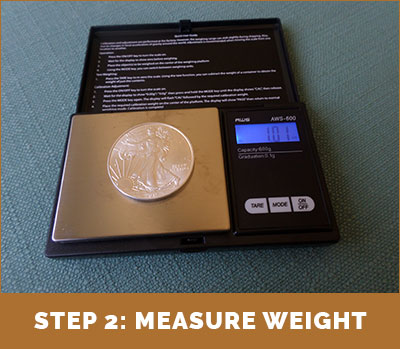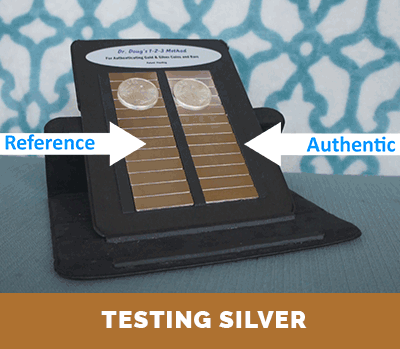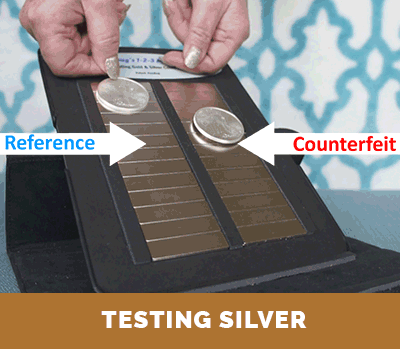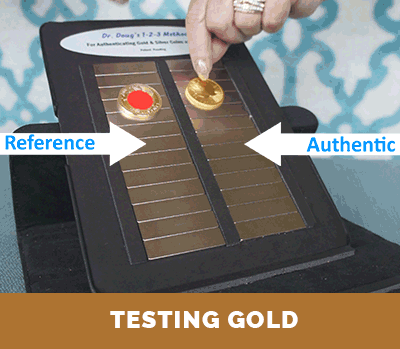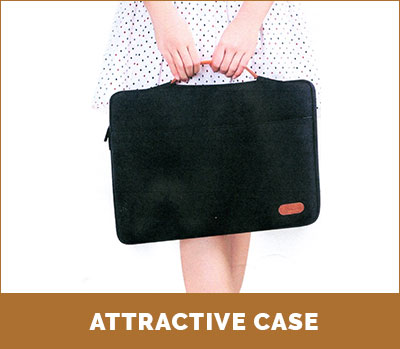By way of background, coins struck from precious metal and kept as a store of value or an investment, rather than used in day-to-day commerce are often referred to as “bullion coins”. Regulations established in the United Kingdom have gone one step further to define “investment coins” more specifically as coins that have been minted after 1800, have a purity of not less than 90% (0.900 fine) and are, or have been, legal tender in their country of origin. The focus here is directed to coins that not only conform to the above definition for investment coins but go beyond them by further limiting them to gold and silver coins that are at least 99.9% pure (sometimes referred to as a purity of 0.999 fine, as in Table 1, or as 3-nines fine). In this discussion, such high purity coins and bars satisfying at least this fineness level will be simply referred to as “pure gold” and/or “pure silver”. (The same purity levels are also used for gold and silver bars.)
Investment coins and bars are usually available in both gold and silver. In addition, the U.S. American Eagle series is available in gold, silver and platinum, and the Canadian Maple Leaf series is available in gold, silver, platinum, and palladium. See Table 1, below, for additional gold coin producing countries along with their coin weights and purity levels.
Presently, gold investment coins are being produced in at least the fifteen countries (sovereign nations) shown in Table 1 and silver investment coins are presently being produced in at least 12 countries.
List of Gold Bullion Coins World Wide |
||||
| Country | Name of bullion coin | Purity (Fineness)
|
Denominations (gold weight) mainly expressed in troy ounces (ozt) |
Years of mintage |
| Australia | Gold Nugget | 0.9999 | 1/20 ozt, 1/10 ozt, 1/4 ozt, 1/2 ozt, 1 ozt, 2 ozt, 10 ozt, 1 kg |
1986–present 1991–present |
| Austria | Vienna Philharmonic | 0.9999 | 1/10 ozt, 1/4 ozt, 1/2 ozt, 1 ozt | 1989–present |
| Canada | Maple Leaf | 0.9999 (.99999 available) |
1/20 ozt, 1/15 ozt, 1/10 ozt, 1/5 ozt, 1/4 ozt, 1/2 ozt, 1 ozt, 100 Kilo |
1979–present |
| China | Gold Panda | 0.999 | 1/
20 ozt, 1/10 ozt, 1/4 ozt, 1/2 ozt, 1 ozt |
1982–present |
| Israel | Jerusalem of Gold Series | 0.9999 | 1 ozt | 2010–present |
| Kazakhstan | Golden Irbis | 0.9999 | 1/10 ozt, 1/4 ozt, 1/2 ozt, 1 ozt | 2009–present |
| Malaysia | Kijang Emas | 0.9999 | 1/4 ozt, 1/2 ozt, 1 ozt | 2001–present |
| Mexico | Libertad | 0.999 | 1/20 ozt, 1/10 ozt, 1/4 ozt, 1/2 ozt, 1 ozt | 1991–present |
| Poland | Orzeł bielik | 0.9999 | 1/10 ozt, 1/4 ozt, 1/2 ozt, 1 ozt | 1995–present |
| Russia | George the Victorious | 0.999 | 0.2537 ozt | 2006–present |
| Somalia | Elephant | 0.999 | 1/50 ozt, 1/25 ozt, 1 ozt, 5 ozt | 1999–present |
| South Africa | Krugerrand | 0.9167 | 1/10 ozt, 1/4 ozt, 1/2 ozt, 1 ozt | 1967–present |
| Ukraine | Archangel Michael | 0.9999 | 1/10 ozt, 1/4 ozt, 1/2 ozt, 1 ozt | 2012–present |
| United Kingdom | Britannia | 0.9999 | 1 ozt | 2013–present |
| United States | Gold Eagle
Gold Buffalo |
0.9167
0.9999 |
1/10 ozt, 1/4 ozt, 1/2 ozt, 1 ozt
1ozt |
1986–present
2006-present |
Investment gold coins are typically available in various weights which are usually multiples or fractions of one(1) Troy ounce. The most common weight for investment coins throughout the world is one Troy ounce, And, as can be seen in Table 1, most countries that produce investment gold coins produce not only 1-ounce coins, but, ½-ounce, ¼-ounce, and 1/10-ounce coins as well. Larger coins with weights of 1 ½ ounces and 2-ounces are less common and some bullion coins are produced in very limited quantities that weigh a pound or more. As can be seen in Table 1, the purity of all of these investment gold coins produced throughout the world is 0.999 or better (up to 0.9999), corresponding to 24 karat gold (pure gold), with two important exceptions. The South African Krugerrand and the American Gold Eagle are both 0.9167 pure, corresponding to 22 karat gold (pure gold is 24 karat while 22 karat gold has a fineness of 22/24 = 0.9167). In this regard, it is worth noting that South Africa was the first country to introduce gold investment coins in 1967 after the usage of silver was halted in United States in legal-tender coins (dimes, quarters and half dollars) in 1965. Back then, it was commercially more practical for South Africa to use lower purity gold and the United States followed suit in 1982, also with the introduction of their 22 karat Gold American Eagle coin series. Since testing and validating of these lower purity gold coins is more difficult than with pure gold, it was reasonable for the United States to introduce its 1 Troy ounce 24 karat Gold Buffalo series in 2006 and thereby align with the 0.999 fineness standard (24 karat) that has been adopted by the remainder of the world’s investment coin producing nations (excluding South Africa that continues to produce the lower purity Krugerrand).
With regard to silver investment coins, there are no exceptions to the production of pure silver investment coins with purity of 0.999 or better, including the American Silver Eagle coins first introduced in 1986 and the Silver Krugerrand introduced in 2017.
While the main motivation for the invention of Dr. Doug’s 1-2-3 Method was to serve the present need of investors to be certain that they are not inadvertently holding counterfeit precious metal coins and bars that are partially or completely worthless, a secondary purpose is to offer a capability that can be used to rapidly validate gold and silver coins and bars that might be used for commerce in a future world where some or all countries have lost trust in paper currencies printed by central banks. In that regard, it is interesting to note that the various weights of gold coins summarized in Table 1 show a trend to a worldwide standardization based on the 1-Troy ounce gold coin, presently worth approximately $1,300, and various fractional gold coins (1/2, 1/4, and 1/10 ounce) down to the 1/20 Troy ounce coin, presently worth approximately $65, that is produced by Australia, Canada, Mexico, and China. To this mix one can add 1 Troy ounce silver coins, presently worth approximately $20 each and 1/2 Troy ounce silver coins worth approximately $10. These values provide a convenient range of denominations not only for investments but also for commerce.
The total value for all of the presently existing gold and silver investment coins worldwide is estimated to be in the range of 500 billion to one trillion dollars. These coins along with bars and ingots of gold and silver held by all of the central banks worldwide could form a working basis for an inflation proof future monetary system. And such a system would require rapid coin validation at essentially all points of sale to function efficiently. Dr. Doug’s pending patents have an eye to the future and include claims related to such rapid coin validation methods as well as the manual methods introduced on this web site.


